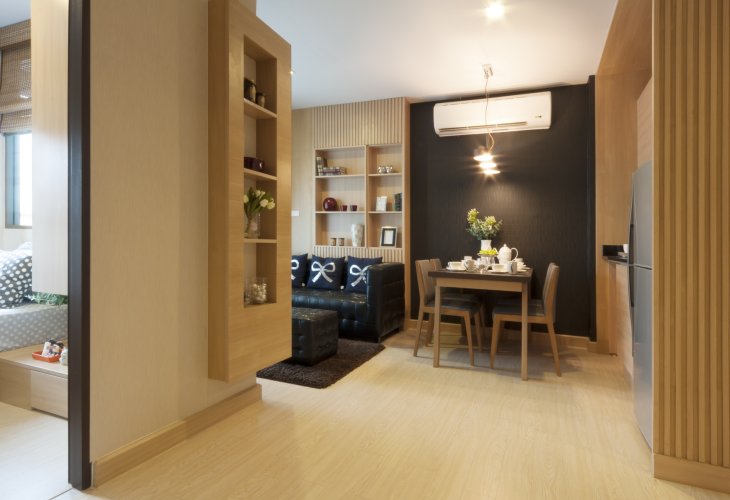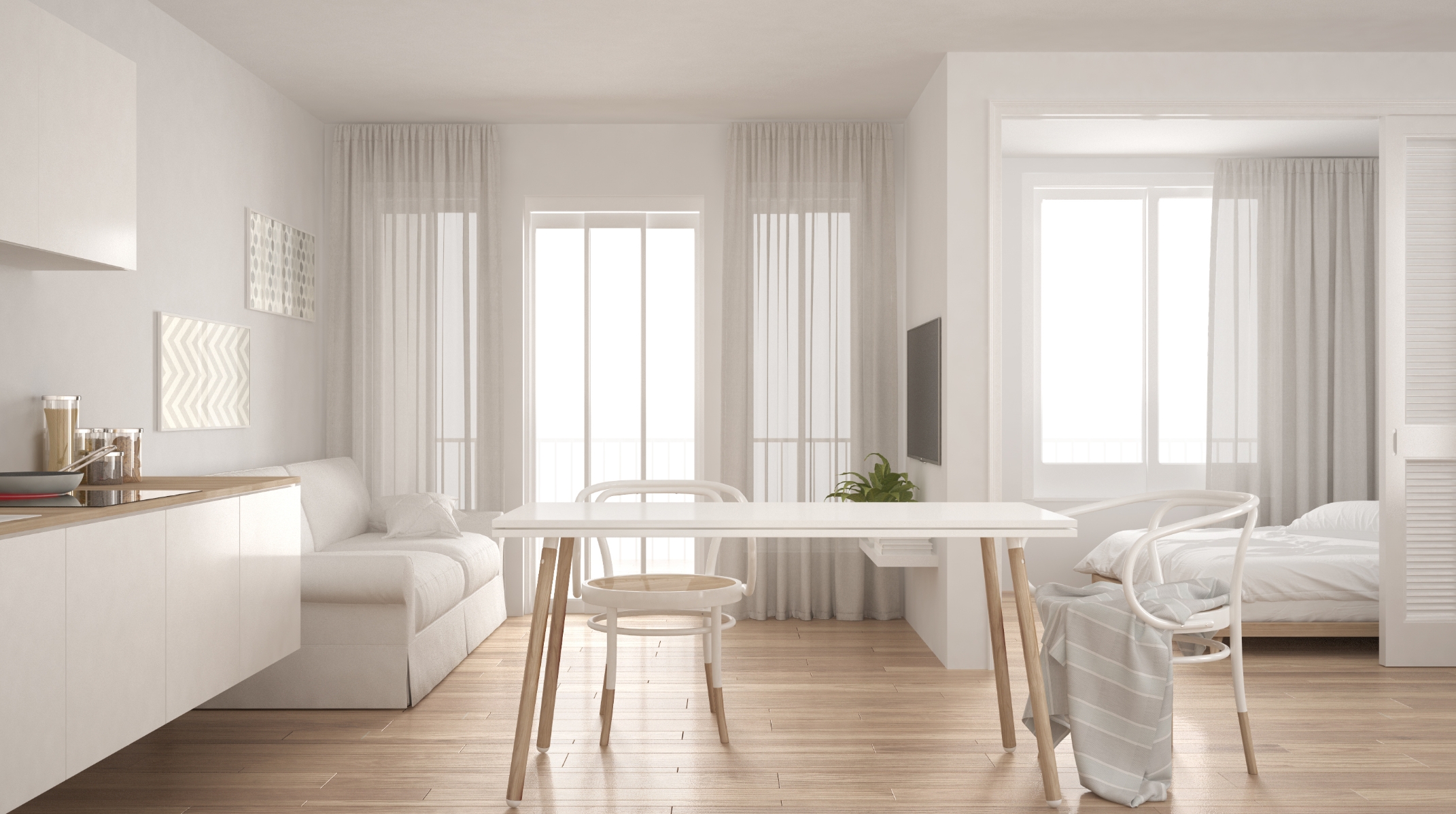Designing a Cozy Small Apartment: Tips and Tricks
Design enthusiasts often find it hard to believe that a beautifully designed home is within reach. But there's always a solution.
 Floating Furniture
Floating FurnitureIn many crowded cities around the world, the trend of minimalist apartments is growing. Even in our small country, you can feel it, as more and more people live in smaller apartments than they would hope for.
For design enthusiasts, this creates another significant problem: the feeling that a beautifully designed home is an unattainable dream, as the dimensions do not match the size of the furniture we see in stores.
There is a solution for everything, and with a few tips, you can transform your small apartment into something entirely different, with the appearance and comfort of a palace.
Here are some tips to help you design your home beautifully, comfortably, and functionally for a small space.
1. Light Colors
It’s no secret that light colors are used to visually enlarge spaces, but in small homes, this trick has become essential. Choose to keep a palette of light and neutral colors in the design.
This rule applies to both the color of the walls and the furniture. However, it does not prevent you from using a darker or more vibrant color. Just use these darker shades on a single wall or apply them in details like paintings, pillows, or other decorative items.
2. Mirrors
Mirrors are the ultimate winners when it comes to enlarging visual space. The best friends of small spaces, they also add a decorative touch. You can use mirrors on an entire wall or in specific spots, like the wall behind the dining table or on wardrobe doors. For a cleaner look, opt for frameless mirrors.
3. Multipurpose Furniture
Multipurpose furniture is highly recommended in small homes. Sofas that convert into beds, beds with storage underneath, expandable tables and sofas...
Multipurpose furniture will help you make the home more functional, organized, and beautiful. Invest in them to make the most of your apartment's space.
4. Keep the Floor Clear
Try to install most of the furniture on the wall - at height rather than on the floor, whenever possible. A great example is using a floating sideboard (mounted on the wall) instead of one that stands on the floor.
Avoid unnecessary items and furniture. Pass on coffee tables and small bedside tables. With a clear floor, pathways become wider, making the apartment more comfortable and functional, without needing to move chairs and tables to get around.
5. Sliding Doors
Replace regular doors with sliding doors (as much as possible, but remember that sliding doors do not insulate as well as regular doors). They don’t take up space and leave the walls free for other purposes. The same principle should be applied to closets - swap regular doors for sliding ones.

6. Connecting Spaces
In small apartments, prioritize combining spaces rather than smaller, enclosed spaces. The most common is joining the kitchen and living room into one open space. Balconies can also be combined, keeping the level the same.
Very important! Before knocking down any walls in the apartment, ensure that the wall is not structurally necessary in the building.

7. Custom-Made Furniture
Custom-designed and tailored furniture is the best option for small apartments. While they tend to be more expensive, it is a worthwhile investment as they maximize the space completely, allowing you to choose the best way to organize and fit your things.
8. Lighting
This is very important to help with the visual enlargement of the environment. If you have windows that provide plenty of light, great. But if there's little natural light, invest in planning artificial lighting that does the job.
Tami Rotenberg is an architect and interior designer. For questions and feedback: office@tammyrotenberg.com

